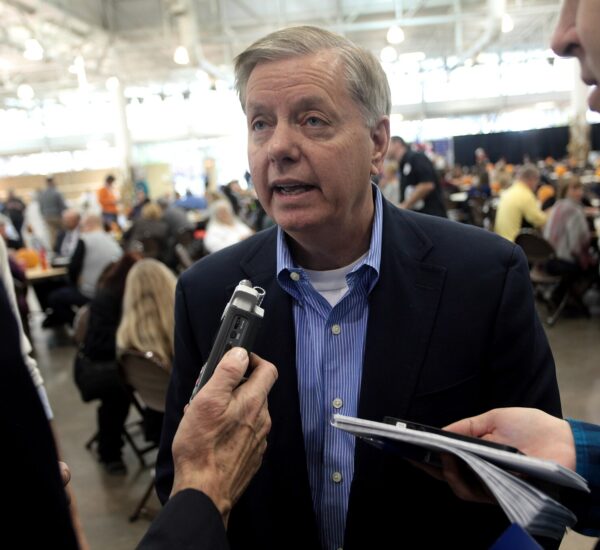Trump Tariffs Carrying A Secret Risk?
During his first term, Donald Trump’s aggressive trade policies, including imposing tariffs and threatening tariffs on key trading partners, stirred up controversy and alarm among critics. Many mainstream economists, particularly those advocating for free trade, saw these moves as reckless and disruptive. However, the actual impact on the U.S. economy was less severe than some predicted. Inflation remained relatively stable, and the economy continued to grow. Despite his efforts to reduce America’s trade deficits, they only continued to expand.
Fast forward to Trump’s second term, and his trade strategy is taking a new, bolder direction. This time, Trump has ambitious plans to impose even higher tariffs — including a 25% tariff on goods from Mexico and Canada, and a potential doubling of tariffs on Chinese imports. The implications of these moves are serious. Higher tariffs could harm economic growth, drive up consumer prices, and undermine Trump’s campaign promise to reduce inflation — an issue that has plagued the Biden administration.
The burden of these tariffs falls on U.S. importers, who would pass on the increased costs to consumers. This has raised concerns that prices across everyday goods could rise significantly. Despite the potential for pain, Trump has framed these tariffs as necessary for revitalizing American manufacturing, pressuring foreign governments, and boosting government revenue. As Trump himself put it, “WILL THERE BE SOME PAIN? YES, MAYBE (AND MAYBE NOT!), BUT WE WILL MAKE AMERICA GREAT AGAIN, AND IT WILL ALL BE WORTH THE PRICE THAT MUST BE PAID.”
One critical difference from his first term is that the tariffs now are much broader in scope. While the first round of tariffs focused mainly on industrial goods, this time Trump is targeting consumer goods more directly. For example, companies like Basic Fun, which manufactures toys, are already preparing for significant price hikes due to the new tariffs on Chinese imports. These price increases could affect many products that everyday Americans rely on.
Economists are expressing more concern this time around. The broader scope of tariffs, combined with retaliatory tariffs from other countries, could lead to a trade war with serious long-term consequences. Michael Strain, an economist at the conservative American Enterprise Institute, warns that these new tariffs could slow economic growth by half a percentage point.
Another major change this time is the level of internal support for Trump’s policies. In his first term, some of his advisers were skeptical of his protectionist approach. However, now that tariffs are viewed as a core part of Trump’s economic strategy, he is likely to face less resistance within his administration.
The context in which these tariffs are being imposed also presents a challenge. In his first term, inflation was relatively low. But now, following the pandemic, inflation has been more volatile, and higher tariffs could fuel inflationary pressures once again. This could lead the Federal Reserve to delay planned interest rate cuts, which would make borrowing more expensive for Americans and further hurt economic growth.
In conclusion, while Trump’s tariffs were somewhat of a mixed bag during his first term, his second-term trade war could have far-reaching consequences. As American consumers already face higher prices, the stakes of this new round of tariffs are even higher. It’s clear that the long-term success of this strategy depends on balancing economic goals with the potential cost to everyday Americans, who may end up paying the price for these bold moves.






